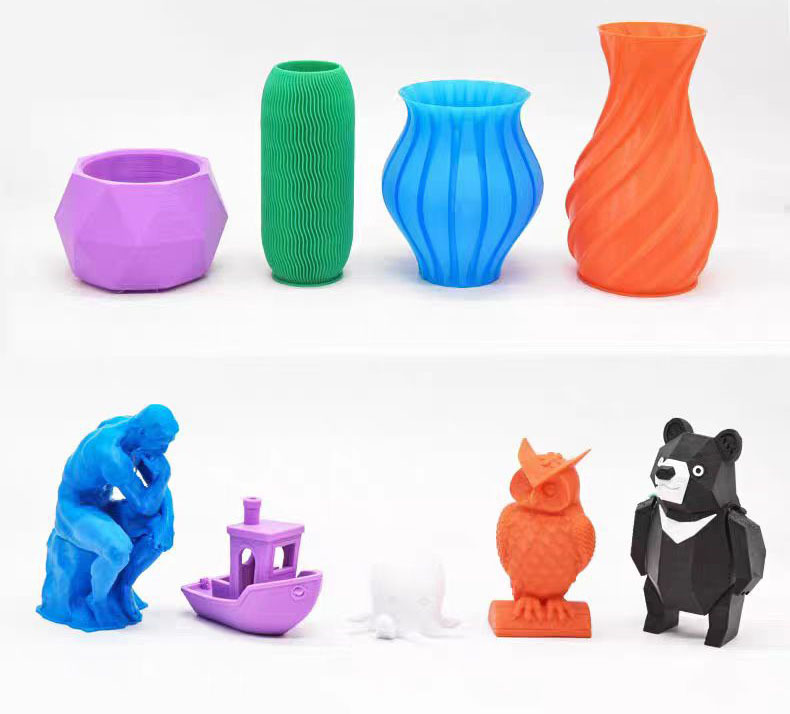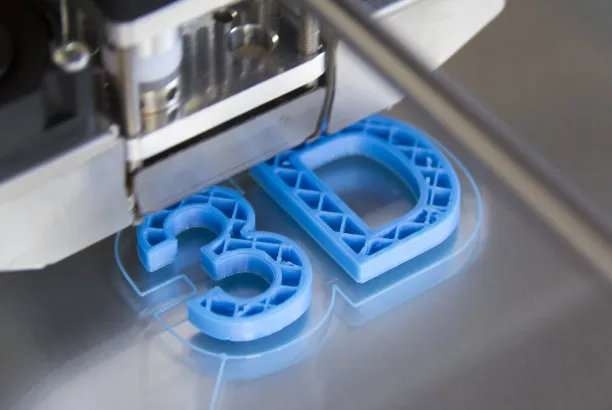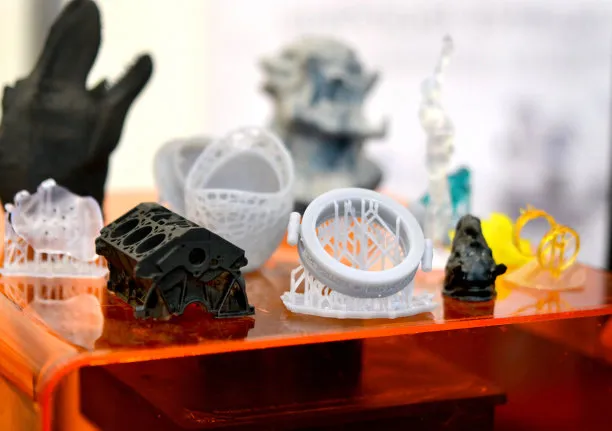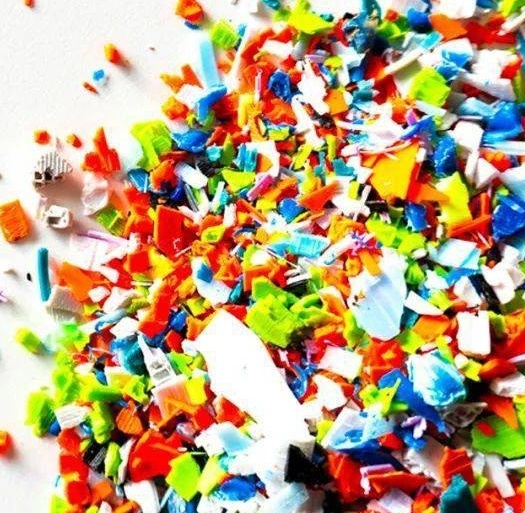Main processes and commonly used materials for 3D printing
Release time:2025-02-17
By heating and extruding thermoplastic material, the constructed object is printed layer by layer.
3D printing (also known as additive manufacturing) is a technology that creates three-dimensional objects by stacking materials layer by layer. According to different printing methods and materials, 3D printing can be divided into several main processes and commonly used materials:
Main process:
Fused Deposition Modeling (FDM)
Principle: By heating and extruding thermoplastic material, the constructed object is printed layer by layer.
Advantages: Low cost, suitable for rapid prototyping.
Application: Rapid prototyping, model making, low-cost small batch production.
Stereoscopic Lithography (SLA)
Principle: Use laser to cure photosensitive resin layer by layer and generate three-dimensional objects.
Advantages: High precision, smooth surface, rich details.
Applications: Fine craftsmanship, jewelry design, dentistry, medical fields.
Selective Laser Sintering (SLS)
Principle: Laser irradiation and sintering of powder materials to construct objects layer by layer.
Advantages: No need for supporting structures, suitable for complex geometric shapes, using multiple materials.
Applications: Aerospace, automotive parts, industrial manufacturing.
Electron Beam Melting (EBM)
Principle: Metal powder is heated by an electron beam, melted layer by layer, and formed.
Advantages: Suitable for metal materials, high precision, good strength.
Applications: aerospace, medical implants, precision manufacturing.
Inkjet printing (MJ)
Principle: Spray liquid material through a nozzle and solidify layer by layer on the printing bed.
Advantages: Suitable for multifunctional printing of color printing and composite materials.
Applications: Art, architectural modeling, prototype production.
Digital Light Processing (DLP)
Principle: Use a digital light projector to irradiate liquid photosensitive resin and cure each layer with ultraviolet light.
Advantages: High precision, fast curing, suitable for printing small and complex structures.
Applications: Jewelry, dentistry, rapid prototyping.
Common materials:
Plastic materials
PLA (Polylactic Acid): environmentally friendly, low odor, suitable for beginners and educational fields.
ABS (Acrylonitrile Butadiene Styrene): High strength, heat-resistant, widely used in household and industrial products.
PETG (Polyethylene terephthalate): transparent, impact resistant, chemically stable, suitable for food containers and daily products.
Nylon: high wear resistance, high strength, suitable for making mechanical components.
TPU (thermoplastic polyurethane): a flexible material suitable for making elastic components.
Metal materials
Stainless steel: high strength, corrosion-resistant, used for mechanical and structural parts.
Titanium alloy: lightweight, high strength, widely used in aerospace and medical fields.
Aluminum alloy: lightweight, corrosion-resistant, suitable for the mechanical and aviation industries.
Photosensitive resin
Standard resin: suitable for high-precision models, widely used in jewelry and prototype production.
Elastic resin: Soft and elastic, suitable for manufacturing soft components.
High temperature resistant resin: components suitable for working in high-temperature environments.
Ceramic materials
Suitable for producing artistic and high temperature resistant items, such as ceramic artworks and industrial components.
Composite materials
Carbon fiber reinforced plastic: Combining carbon fiber and plastic, it has the characteristics of lightweight and high strength, suitable for making mechanical parts and aerospace products.
Fiberglass reinforced plastic: Similar to carbon fiber reinforced material, suitable for manufacturing lightweight and high-strength industrial components.
Different processes and materials are suitable for different application fields. Choosing the appropriate process and material can be determined based on various factors such as product requirements, cost, and accuracy.
TAG:
Related Blog








